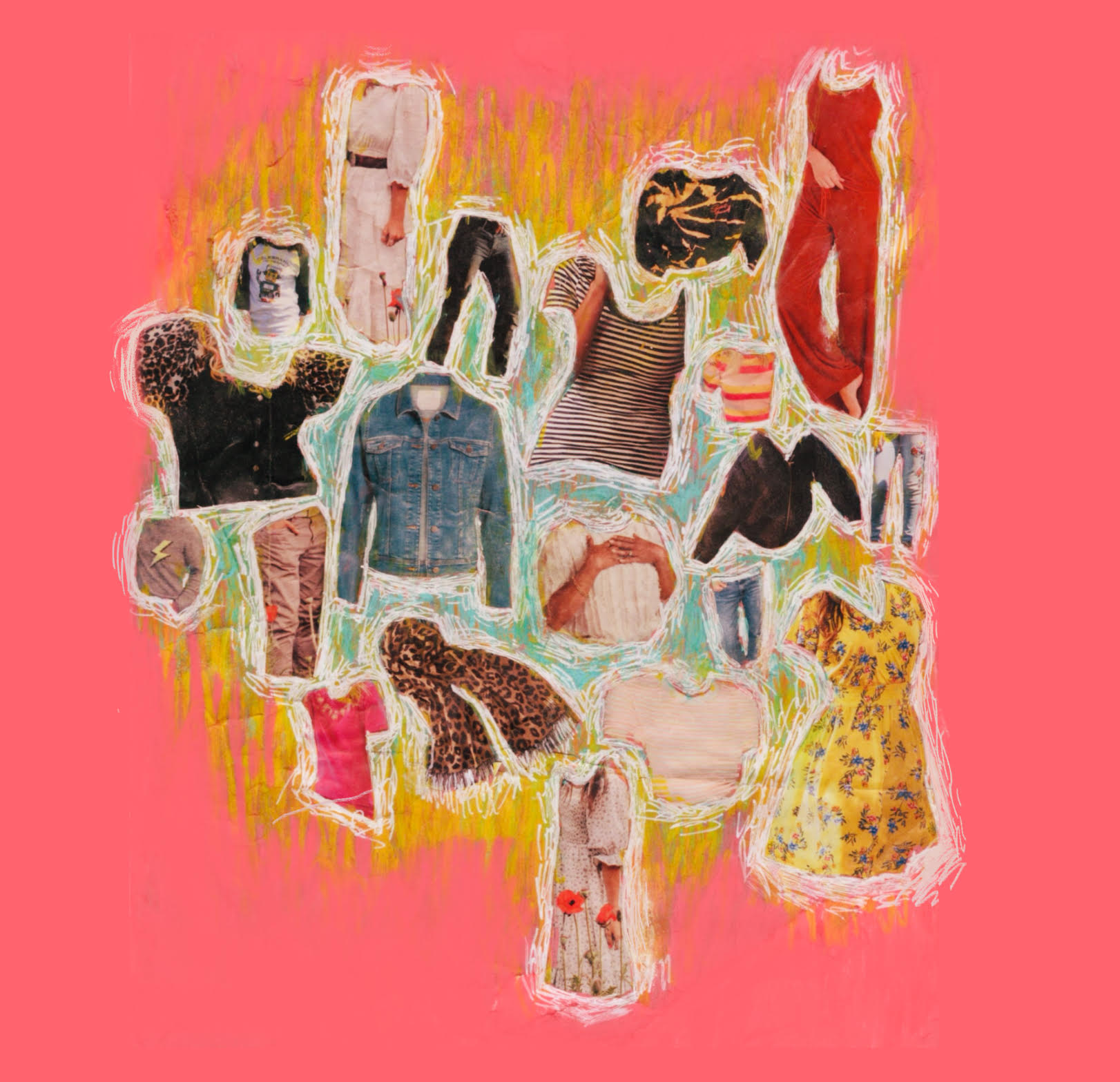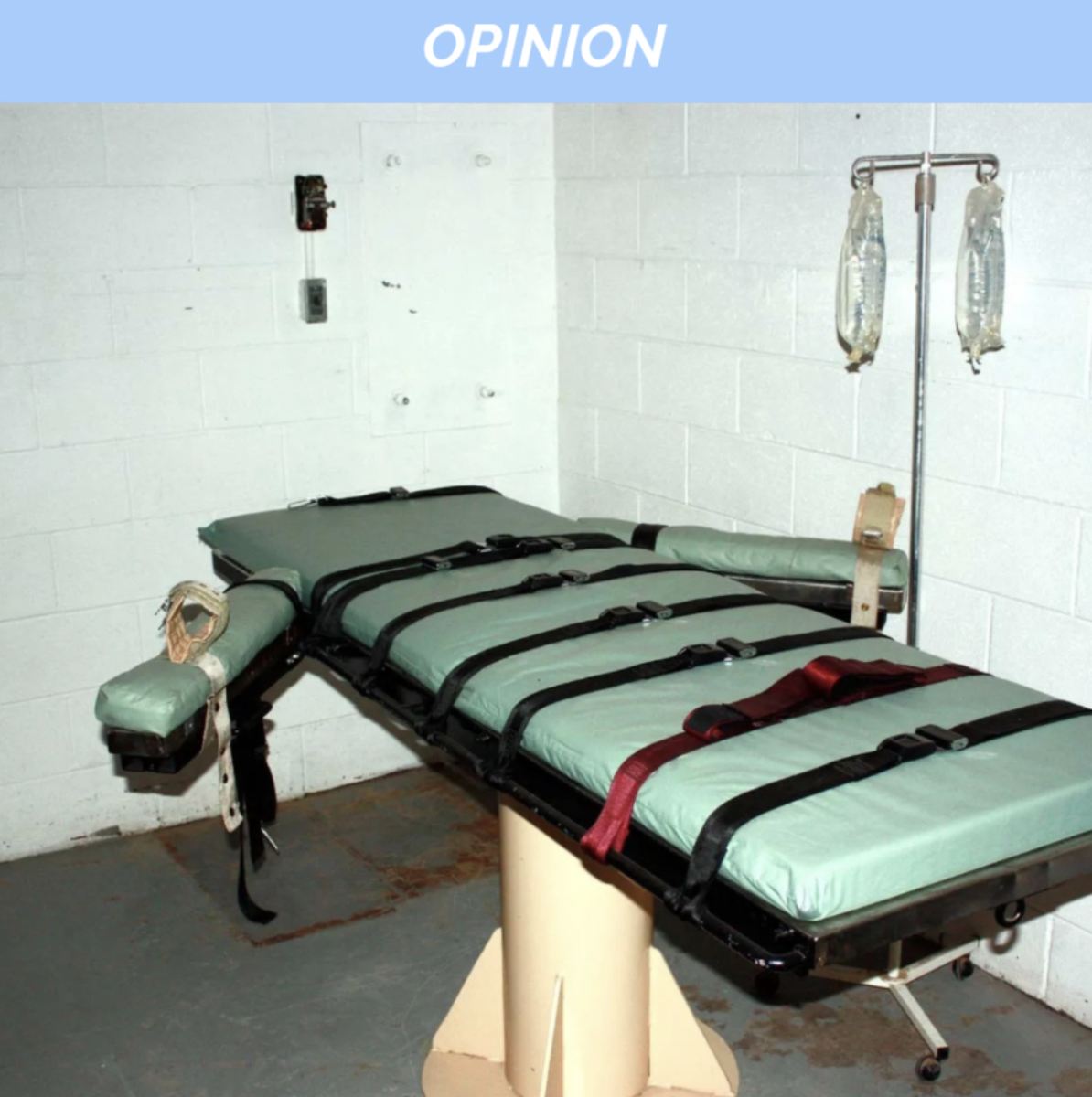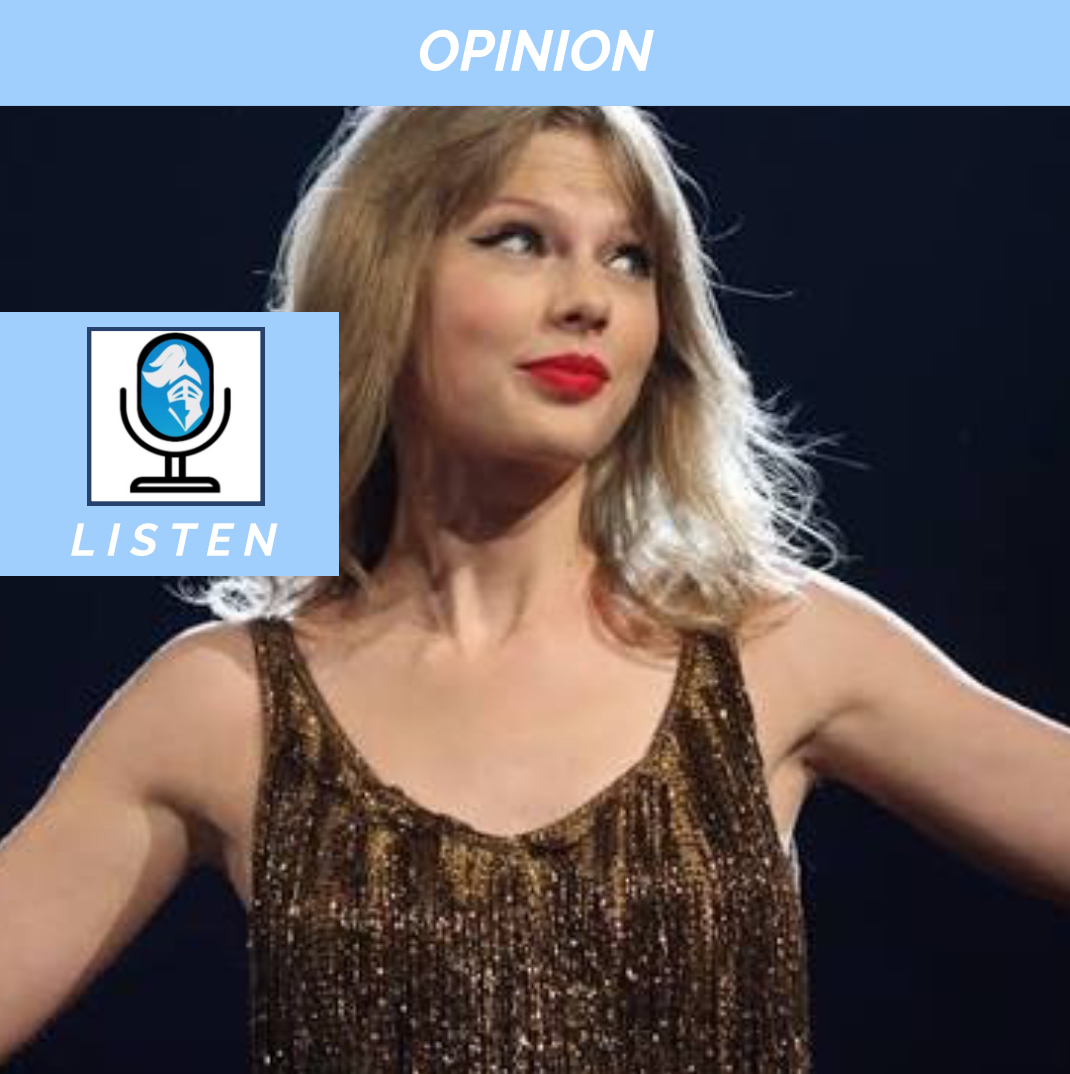Look, I’m not afraid to admit it; I’m not crafty at all. Patterns to me are just patterns, shapes are just shapes, and colors … are just colors; I don’t see a world of opportunity when I see any of those things. But for senior Addie Walker, since she was little, patterns and shapes have fascinated her.
That simple adoration turned into a love of fashion for Walker. Now, she owns a sewing machine and often alters garments at home if she sees potential in them. So when Walker discovered a cheap and sustainable practice that would promote her craze, she couldn’t resist.
If you’re somehow not familiar with thrifting, let me enlighten you. Thrifting is, as defined by Dictionary.com, the act of “shopping for secondhand goods, as at a thrift store.”
Since she found out about it in 2021, thrifting has become more than a fashion outlet for Walker.
“I knew that I could find [clothes] for really cheap [by thrifting],” Walker said. I think I initially liked that, but it’s also a lot more sustainable to shop second-hand.”
Thrifting is — in its most traditional sense — a means to donate and recycle clothing to those in need of cheaper necessities. But as thrift stores gained popularity on social media for their unique and vintage finds, people who don’t flip fashion became more inclined to thrift.
In fact, according to earthday.org, “from 2021 to 2023, the value of the global secondhand apparel market rose from $138 to $211 billion” and, as the trend has developed, there appears to be three key reasons why people partake in it.
First and foremost, thrifting is simply fun. And … teens are generally not drowning in cash, so it’s an affordable option that can lead to some really awesome and unique finds.
For example, Walker partook in the French exchange this year, and wanted to give her exchange students the full — totally glamorous — American experience of attending a football game. Part of which is being fully decked out in themed clothes. Prospect was facing Elk Grove that week, with the theme being “country.” Walker wanted to dress up in an extravagant outfit with her student, envisioning cowboy hats, flannels and all. And, lo and behold, she turned to thrifting to live out this dream for her French correspondent.
“It was just so funny because it’s so random we found cowboy hats,” Walker said. “And, there were enough for all of us.”
But fabulously affordable fashion isn’t the only thing propelling thrifting into the mainstream, the second reason thrifting has been on the up again is because of the environmental benefits second-hand shopping provides.
“The biggest thing is going to be the impact on the carbon cycle and carbon emissions,” AP Environmental Science teacher Rosin said. “We’re lowering our carbon footprint when we choose to buy clothes that have already been made or been purchased by somebody else … we’re not adding the new textiles, those new chemicals back into the environment.”
The third reason, though it may not be something my left-brained self cannot participate in, is its rising prevalence in the mainstream fashion industry. Sophomore Megan Albers attended fashion school at the School of the Art Institute of Chicago over the summers of her freshman and sophomore years of high school, where she was taught how to reuse and recycle items based on one particular feature, not necessarily the whole piece.
“One of our options was to thrift a bunch of stuff and then construct it into something new,” Albers said. “They definitely taught us about finding patterns even if you don’t like what the outfit is … ways to make it new without having to go buy $100 worth of fabric.”
All of this is — obviously — great. But the reason I, amongst so many others, have been a bit skeptical of thrifting is due to the ethics surrounding it.
Why should I be taking from stores like Goodwill, designed to aid groups struggling with poverty, when I don’t need to? It can honestly feel counterproductive to thrift; I don’t want to or take advantage of the affordable items designed for those truly in need. However, how we view thrifting should ultimately come down to the individual and their ideals. Why am I thrifting, and what am I looking to get out of it?
A Vogue article referred to this issue as “the ‘gentrification of thrift.’ As more people shop second-hand, the demand is higher, and therefore prices rise.” This significantly disadvantages the many people who genuinely thrift out of necessity, and takes away an outlet they have.
Yet at the same time, the world is drowning in clothes. According to that same article from earthday.org, “Goodwill receives almost 6 billion pounds of donations a year.” Because of this, there has to be a balance found.
“I do not think [all economic classes thrifting] is necessarily bad, I think it’s your intentions,” Walker said. “Because it’s a sustainable practice, it’s important that everyone’s doing it … but I don’t like when people are buying things to resell … they’re trying to make a profit and that’s the problem because they’re taking it away.”
Ah, we’ve reached the topic of resellers: the people who buy from thrift stores just to turn around and sell those items for an upcharge on apps like Depop. Now these people? These are the problems. This is why pricing in thrift stores is on the rise as, according to an article from Medium, “it seems that resellers are the ones buying out thrift stores and marking up prices.”
But reselling is far from the only counterproductive strategy of thrifting. Donations from fast fashion companies like SHEIN and Romwe clog up thrift stores and frankly defeat the point of thrifting for environmental purposes.
“The big issue with fast fashion is that the quality of the material we’re using, for a lot of those items, isn’t there,” Rosin said. “And so there isn’t a market to repurchase items using fast fashion techniques.”
According to earthday.com, fast fashion companies produce approximately 100 billion pieces of clothing every year, which directly contributes to fossil fuel production and ultimately pollution.
At the end of the day though, it’s apparently clear that it is more important that we keep thrifting. We produce way too many clothes, clothes that pollute the environment and end up rotting in wastelands; thrifting can help soften that blow.
So, I encourage you to join me and begin your thrifting journey. You don’t have to be insanely creative to partake in it, either (I know I’m not).
“I think being open [when thrifting is important] because I’ve found my favorite shirts [thrifting], but I’ve cut them or sewn them,” Walker said. “It’s a good place to be like ‘Oh my gosh this shirt has potential, I really like the fabric,’ and then you’re able to be like ‘Maybe I’ll cut the neckline or sew it and make it tighter.’”
I don’t know if me, someone who struggles to color in the lines, will ever reach the ability of Walker. But I’ve learned that thrifting is what you make it to be. It’s a scent, it’s a fabric, it’s a memory, and that’s something really special.
“I think it’s kind of the whole experience,” Walker said. “You’re hunting, and you never know what you’re going to find.”






















